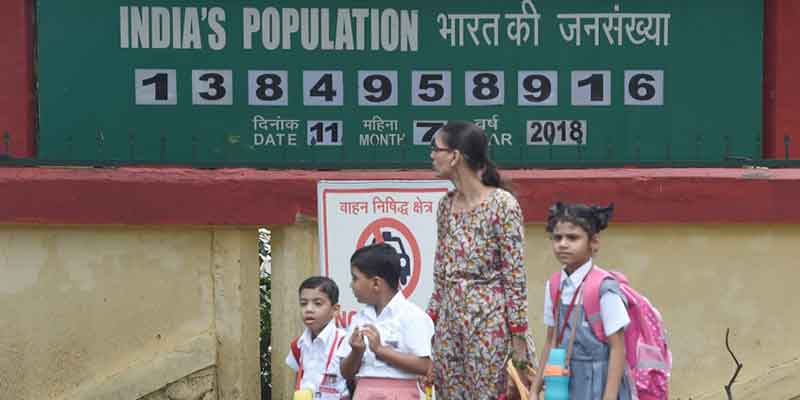- India
- Dec 26
Explainer / Census 2021 vs NPR exercise
The government is all set to carry out two mega exercises - the Census and updating data of the National Population Register (NPR) - across the country involving every resident next year. Below are the objectives, characteristics and differences between the NPR and the Census.
National Population Register
The NPR is a register of usual residents of the country. It is being prepared at the local (village / sub-town), sub-district, district, state and national level under provisions of the Citizenship Act, 1955, and the Citizenship (Registration of Citizens and Issue of National Identity Cards) Rules, 2003.
A usual resident is defined, for the purposes of the NPR, as a person who has resided in a local area for the past six months or more, or a person who intends to reside in that area for the next six months. The law compulsorily seeks to register every citizen of India and issue a national identity card.
The NPR exercise will be carried out between April and September 2020 in all states and Union territories, except Assam, along with the house listing phase of the Census exercise.
Assam has been excluded because the National Register of Citizens (NRC) exercise has already been conducted in the state.
The objective of the NPR, being carried out under the aegis of the Registrar General and ex-Officio Census Commissioner, India, is to create a comprehensive identity database of every usual resident in the country. The database would contain demographic as well as biometric particulars.
The demographic details of every individual are required for every usual resident: name, relationship to head of household, father’s name, mother’s name, spouse’s name (if married), sex, date of birth, marital status, place of birth, nationality (as declared), present address of usual residence, duration of stay at present address, permanent residential address, occupation, educational qualification.
In comparison, more details are required for Census like information on demography, economic activity, literacy and education, and housing and household amenities besides others.
The data for NPR was last collected in 2010 along with the house listing phase of Census 2011. Updating of this data was done during 2015 by conducting a door-to-door survey.
A gazette notification for the forthcoming NPR was published by the central government in August.
On December 24, the Union Cabinet approved funds to the tune of Rs 3,941.35 crore for the NPR exercise.
Census
The decennial Census is the largest single source of a variety of statistical information on different characteristics of the people of India conducted on the basis of the Census Act enacted in 1948.
The Census 2021 will be done in two phases. In the first phase, the work of house-listing or housing census will be conducted from April to September 2020. In the second phase, the enumeration of population will be done from February 9 to 28, 2021 with reference moment as 00:00 hours of March 1, 2021.
For snow-bound areas in Jammu and Kashmir, Himachal Pradesh and Uttarakhand, the reference date will be October 1, 2020.
The Census is the basis for reviewing the country’s progress in the past decade, monitoring the ongoing schemes of the government and plan for the future.
The Census provides detailed and authentic information on demography, economic activity, literacy and education, housing and household amenities, urbanisation, fertility and mortality, Scheduled Castes and Scheduled Tribes, language, religion, migration, disability besides others.
The enumerators also collect data related to cultivators and agricultural labourers, their sex, occupational classification of workers in non-households industry, trade, business, profession or service by class of worker and sex.
There will be detailed survey on gender and literacy rate, number of towns, slum households and their population.
Information is also collected on sources of potable water, energy, irrigation, method of farming, whether a house is concrete, thatched or others.
With a history of more than 130 years, this reliable, time-tested exercise has been bringing out a veritable wealth of statistics every 10 years, beginning from 1872 when the first Census was conducted in India non-synchronously in different parts.
The government decided in May 1949 to initiate steps for developing systematic collection of statistics on the size of population, its growth, etc., and established an organisation in the Ministry of Home Affairs under Registrar General and ex-Officio Census Commissioner, India.
This organisation was made responsible for generating data on population statistics, including vital statistics and census. Later, this office was also entrusted with the responsibility of implementation of Registration of Births and Deaths Act, 1969.
The Union Cabinet on December 24 approved the proposal for conducting Census 2021 at a cost of Rs 8,754.23 crore.
Manorama Yearbook app is now available on Google Play Store and iOS App Store

